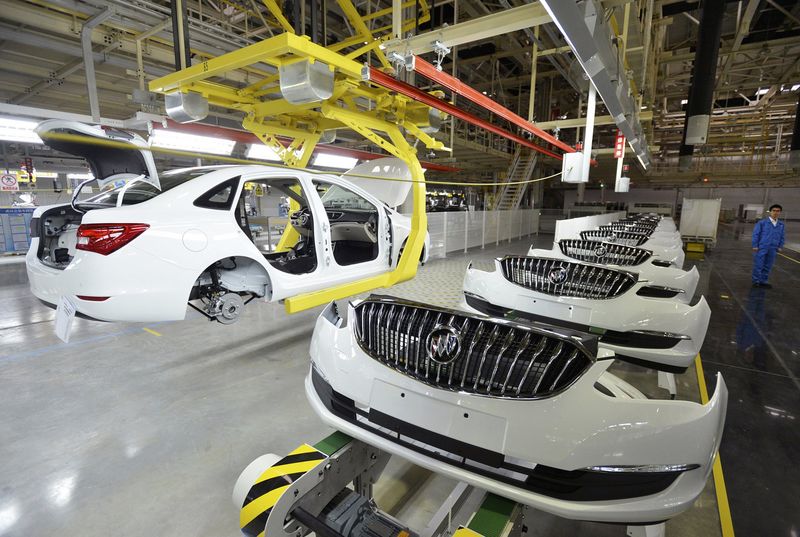Investing.com -- The Consumer Financial Protection Bureau (CFPB) report released today revealed that the rate of auto repossessions at the end of 2022 exceeded pre-pandemic levels. The report also indicated that lenders have become more inclined to use third-party forwarders to manage the repossession process, which generally results in increased costs for consumers.
The CFPB's analysis was based on data from nine major auto lenders that covered accounts active from 2018 to 2022. The findings highlight growing consumer risk in the $1.64 trillion auto loan market.
CFPB Director Rohit Chopra pointed out that supply chain disruptions and higher interest rates have pushed up the costs of buying and financing a car. He emphasized the importance of enabling borrowers to sidestep the expensive repercussions of repossession, especially with outstanding auto loans exceeding a trillion dollars.
Auto loans, excluding mortgage lending, are one of the largest sources of consumer credit. As of April 2024, there were over 100 million active auto finance accounts and $63 billion in new monthly originations. Repossession of vehicles often leads consumers to lose their main mode of transportation to work, repay outstanding balances and repossession fees, and face potential negative impacts on their credit scores.
Key findings in the report included:
- In December 2022, 0.75% of all outstanding vehicle loans were assigned to repossession, marking a 22.5% increase from December 2019's 0.61%. This indicates that the number of vehicles eligible for repossession has surpassed pre-pandemic levels.
- The use of third-party repossession forwarding companies by lenders rose from 31% in January 2018 to 66% in December 2022. When a forwarder was involved, the average repossession costs charged to consumers were higher.
- Consumers often remained in debt even after their vehicles were repossessed and sold by the lender. The average outstanding balance for consumers who still had a balance after repossession was over $10,000 in December 2019. Despite a brief dip, this average balance saw a sharp rise to more than $11,000 in December 2022.
This article was generated with the support of AI and reviewed by an editor. For more information see our T&C.
